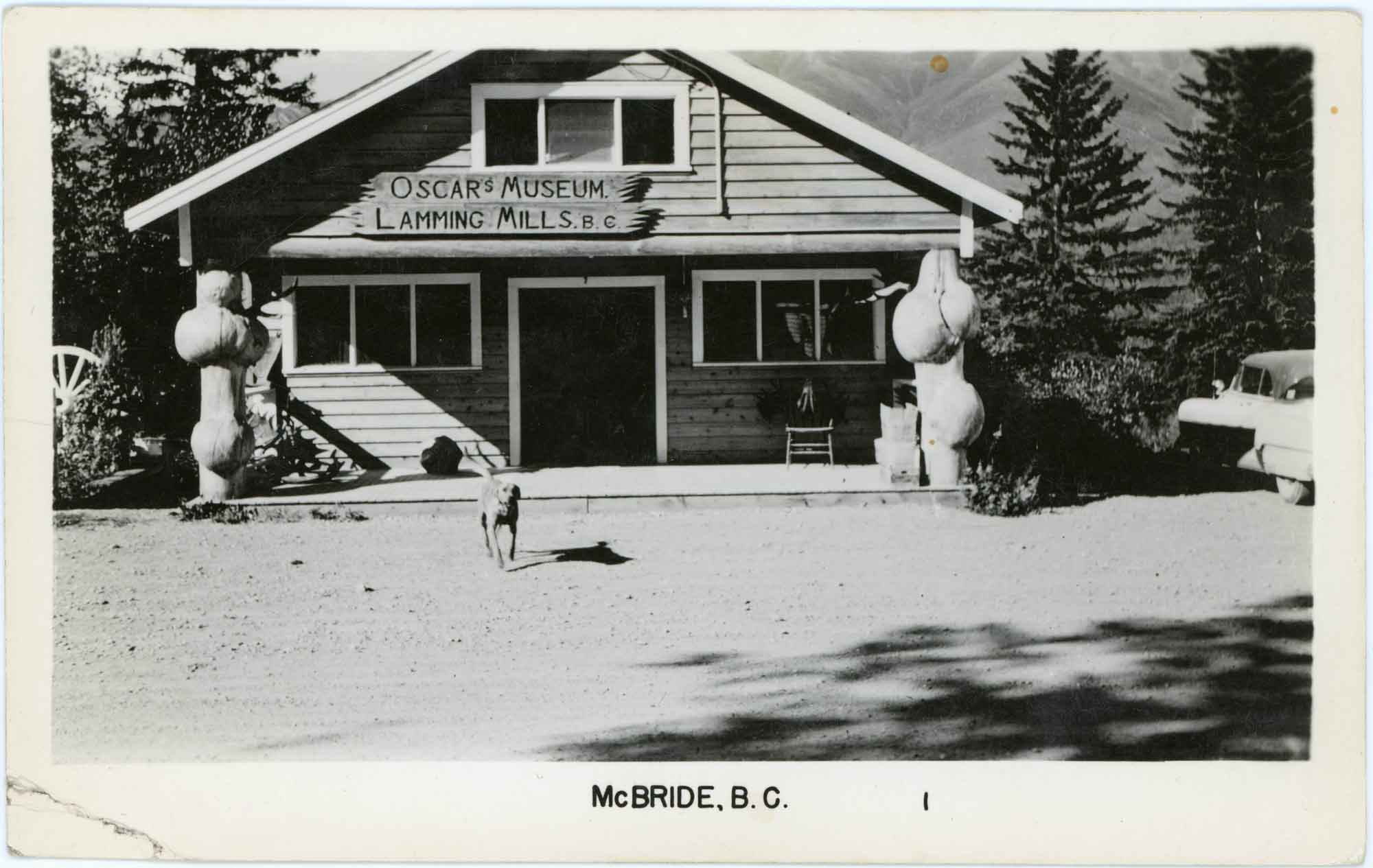The Irishman Eugene Francis O’Beirne (or O’Byrne) [b. ca. 1810, d. sometime after 1864] accompanied the English travellers Milton and Cheadle, who along with four people of indigenous descent crossed the Yellowhead Pass in 1863.
Milton and Cheadle reported that at the Hudson’s Bay Company post of Fort Edmonton they “made the acquaintance of Mr. O’B., a gentleman of considerable classical attainments, on his way to British Columbia. Altogether his appearance showed a curious mixture of the clerical with the rustic. His speech was rich with the brogue of his native isle, and his discourse ornamented with numerous quotations from the ancient classics.”
O’Beirne, a graduate of Cambridge University, arrived in the Red River settlement (in present-day Manitoba) in 1861, after stays in India and the United States. In the spring of 1862, O’Beirne accompanied one of the group of Overlanders (adventurers from eastern Canada bound for the Cariboo goldfields) to Fort Carleton in present-day Saskatchewan. From Fort Carleton, the Hudson’s Bay Company sent him upriver to Fort Edmonton. When Milton and Cheadle showed up, O’Beirne begged to accompany them to British Columbia. In spite of the grumblings of their guides, the Englishmen acquiesced and O’Beirne joined the party.
They arrived at Kamloops three months later, after nearly starving in the valley of North Thompson River. O’Beirne had proved to be a helpless, quarrelsome, and uncooperative companion. At Kamloops, Milton and Cheadle arranged for him to proceed alone to Victoria. After working there as a church secretary, he went to San Francisco, and later to Australia “where, upon occasion, he enlivens the bush fireside by an account of hair-breadth escapes during that terrible journey across the Rocky Mountains.”
In Milton and Cheadle’s book The North West Passage by Land, O’Beirne appears as a bumbling loudmouth, a Bible-quoting lush whose cowardice continually landed the party in trouble. George Monro Grant [1835–1902], who travelled through the Yellowhead Pass with Sandford Fleming [1827–1915] in 1872, corroborated Milton and Cheadle’s account on several points, including that of the character of Mr O’B.
References:
- Cheadle, Walter Butler [1835–1910]. Cheadle’s Journal of Trip Across Canada 1862-63. Ottawa: Graphic Publishers, 1931. University of British Columbia Library
- Milton, William Wentworth Fitzwilliam [1839–1877], and Cheadle, Walter Butler [1835–1910]. The North-West Passage by Land. Being the narrative of an expedition from the Atlantic to the Pacific, undertaken with the view of exploring a route across the continent to British Columbia through British territory, by one of the northern passes in the Rocky Mountains. London: Cassell, Petter and Galpin, 1865. Internet Archive
- Grant, George Monro [1835–1902]. Ocean to Ocean: Sandford Fleming’s Expedition through Canada in 1872. Being a Diary Kept During a Journey from the Atlantic to the Pacific with the Expedition of the Engineer-in-Chief of the Canadian Pacific and Intercolonial Railways. Toronto: James Campbell and Son, 1873. Google Books
- Dictionary of Canadian Biography. Dictionary of Canadian Biography. 2023 University of Toronto, O’Beirne, Eugene Francis. University of Toronto
